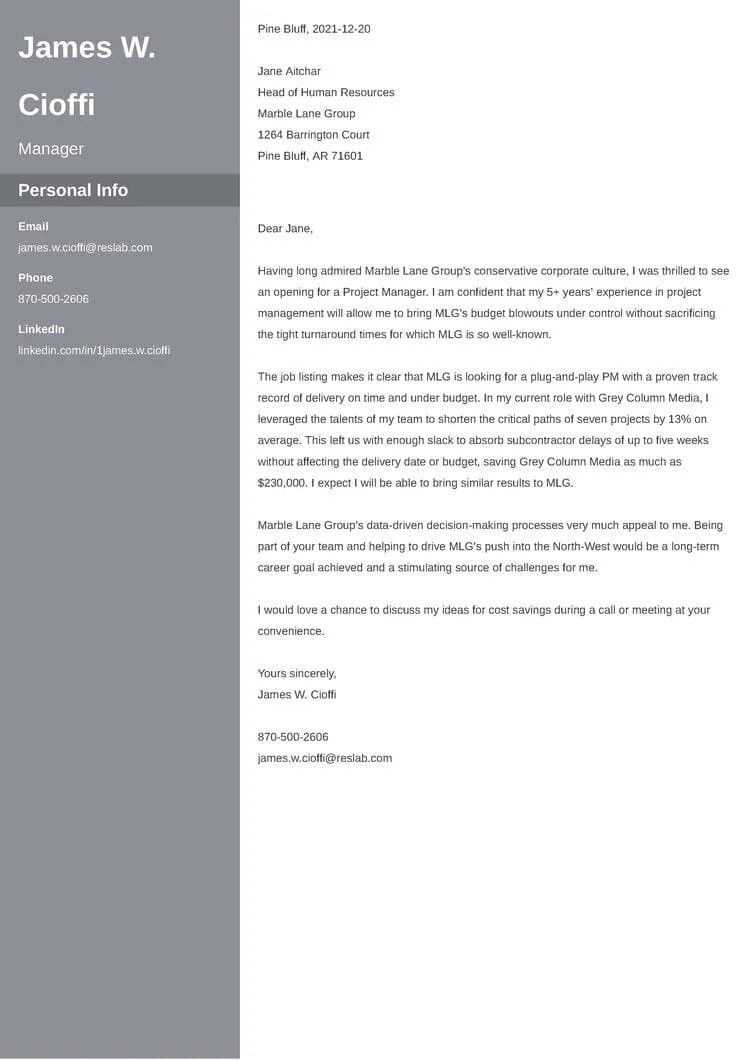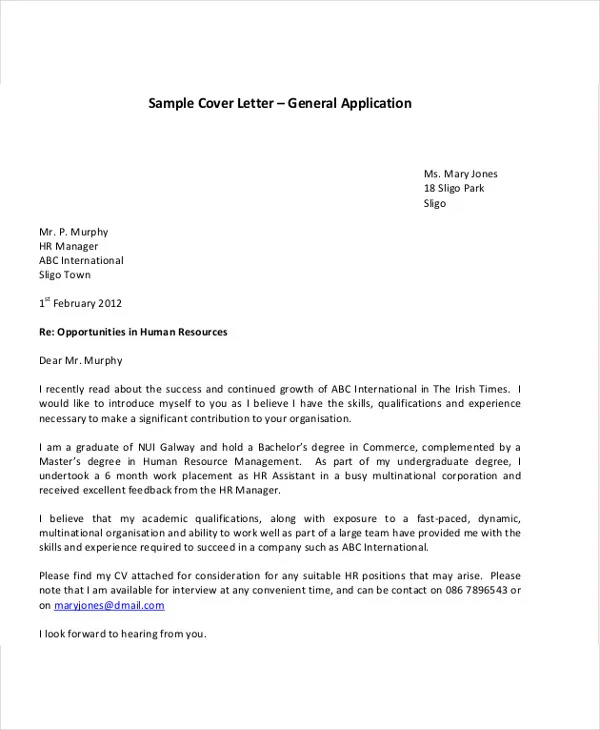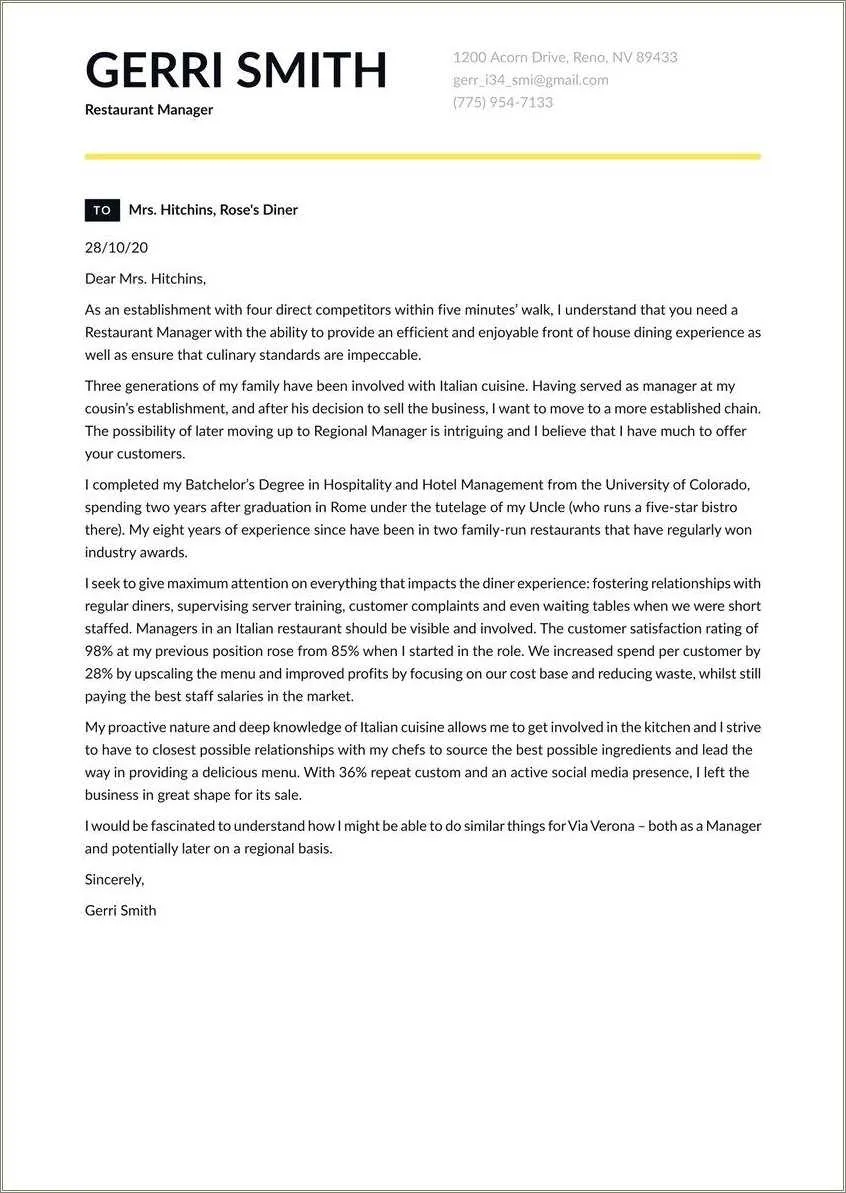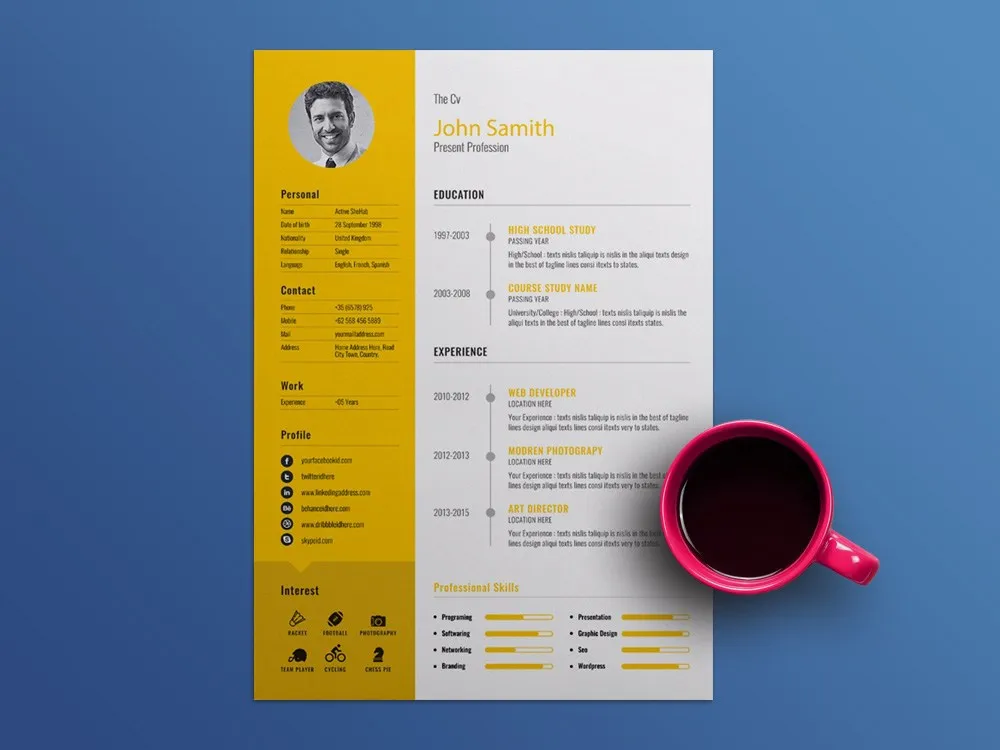Manager Resume Cover Letter What Is It?
A manager resume cover letter is a crucial document that accompanies your resume when applying for a management position. It serves as an introduction, providing a concise overview of your qualifications, skills, and experience while showcasing your enthusiasm for the specific role and company. This letter gives you the opportunity to make a strong first impression, differentiate yourself from other candidates, and highlight why you are the perfect fit for the job. A well-crafted cover letter can significantly increase your chances of getting an interview and ultimately landing your desired management role. It allows you to connect your skills with the job requirements.
Key Components of a Manager Resume Cover Letter
A compelling manager resume cover letter consists of several key components that work together to make a persuasive case for your candidacy. These elements include your contact information, a professional salutation, an engaging opening paragraph, a section highlighting your relevant experience and achievements, another section showcasing your leadership skills, and a concise closing paragraph. The structure should flow logically, making it easy for the hiring manager to grasp your qualifications at a glance. The goal is to present yourself as a well-rounded and qualified candidate who is ready to take on the responsibilities of a management position. Ensuring these key components will make your cover letter a compelling read.
Contact Information and Salutation

Begin your cover letter with your full name, address, phone number, and email address. This information should be clearly displayed at the top of the document, allowing the hiring manager to easily reach you. Following your contact details, use a professional salutation such as “Dear Mr./Ms./Mx. [Last Name],” if you know the name of the hiring manager. If you are unsure of the name, you can use a general greeting like “Dear Hiring Manager.” Avoid outdated salutations. The salutation sets the tone for the rest of your letter, so make sure it reflects your professionalism. Always double-check your contact information for accuracy to avoid any potential communication issues during the application process. This gives the hiring manager your information.
Highlighting Relevant Experience
In the main body of your cover letter, showcase your relevant experience. Focus on the management roles you’ve held and the responsibilities you excelled at. Explain how your previous roles align with the requirements of the position you’re applying for. Use specific examples to illustrate your experience, such as managing teams, leading projects, or driving strategic initiatives. Quantify your achievements whenever possible, using metrics to demonstrate the impact of your work. Use action verbs to describe your accomplishments and skills. Highlight the tasks and skills in the job description. By clearly articulating your past experience, you show that you are ready to succeed in the new role.
Quantifying Achievements & Results
One of the most effective ways to make your cover letter stand out is to quantify your achievements. Instead of simply stating that you increased sales, provide specific numbers, such as “increased sales by 15% in one year.” Similarly, if you improved team productivity, mention the percentage increase or the specific number of tasks completed. Quantifying results not only demonstrates your success but also provides concrete evidence of your abilities. Use metrics like percentages, dollar amounts, or other measurable data to highlight your impact on previous projects or initiatives. This data adds credibility to your claims and allows the hiring manager to see the tangible benefits you bring to the table. This data is crucial for showing how good you are.
Showcasing Leadership Skills

Leadership is a critical aspect of any management role. In your cover letter, take the opportunity to showcase your leadership skills. Describe how you’ve led teams, mentored employees, or motivated individuals to achieve common goals. Mention your ability to make strategic decisions, resolve conflicts, and foster a positive work environment. Give specific examples of how you’ve demonstrated leadership, such as by implementing new strategies, improving team performance, or creating a culture of collaboration. Use action verbs to describe your leadership actions and skills. The best way to do this is by talking about your past experiences. The hiring manager wants to know you have the skills.
Tailoring Your Cover Letter
A generic cover letter is unlikely to impress a hiring manager. To ace your application, you must tailor your cover letter to each specific job you apply for. Carefully review the job description, identifying the key skills, experience, and qualifications the employer is looking for. Then, highlight the parts of your background that match the job requirements. Use the same keywords and phrases that the employer uses in the job description. Personalize your cover letter by mentioning the company’s mission, values, or recent achievements. This shows that you’ve done your research and are genuinely interested in the opportunity. It takes extra work to do this, but it is worth it.
Researching the Company
Before writing your cover letter, dedicate time to research the company. Visit their website, read about their mission, values, and recent news. Check their social media profiles to understand their culture and what they do. This research will give you valuable insights to personalize your cover letter, demonstrating your genuine interest in the company and the role. By understanding the company’s goals and challenges, you can align your skills and experiences with their needs. Mentioning specific company initiatives, projects, or values will show that you have invested time in learning about the organization and are not just sending out generic applications. This is very important to have a compelling cover letter.
Customizing Your Skills

When customizing your cover letter, focus on aligning your skills with the specific requirements of the job description. Highlight the skills that the employer is looking for, such as leadership, communication, problem-solving, or project management. Provide specific examples of how you’ve used these skills in your previous roles. If the job description emphasizes a particular software program or methodology, make sure to mention your experience with it. Avoid listing all your skills; instead, select the most relevant ones that demonstrate your ability to excel in the position. By tailoring your skills section, you demonstrate how you are a good fit for the role.
Formatting & Proofreading
Proper formatting and proofreading are critical for creating a professional manager resume cover letter. Use a clear, easy-to-read font such as Times New Roman or Arial with a size of 11 or 12 points. Ensure your text is well-organized with proper spacing between paragraphs. Proofread your cover letter multiple times for grammar, spelling, and punctuation errors. A single typo or grammatical error can undermine your credibility and make it difficult for you to secure an interview. Consider having a friend or colleague review your letter to catch any mistakes you might have missed. It’s worth the time to look over your cover letter again.
Choosing the Right Tone
The tone of your cover letter should be professional, enthusiastic, and confident. Avoid using overly casual or informal language. Use a positive and assertive tone, highlighting your skills and accomplishments without being arrogant. Show your personality and passion for the role while maintaining a professional demeanor. Use action verbs and strong vocabulary to convey your enthusiasm and expertise. Make sure your tone aligns with the company culture and industry norms. A well-chosen tone helps you connect with the hiring manager and reinforces your suitability for the position.
Expressing Enthusiasm and Interest

Expressing enthusiasm and interest is key to capturing the hiring manager’s attention. In your cover letter, clearly state why you are excited about the opportunity and why you are interested in the company. Mention specific aspects of the role or the company that appeal to you. Talk about how your skills and experience align with the job requirements and the company’s goals. Avoid generic statements; instead, provide specific examples of why you are the ideal candidate. Let your passion for the role shine through. Show that you have taken the time to understand the company and are eager to contribute to its success. The hiring manager will want to hire someone who is excited about the job.
Call to Action & Closing
In your closing paragraph, include a clear call to action. Express your interest in an interview and specify how the hiring manager can contact you. Reiterate your enthusiasm for the position and reiterate your ability to excel in the role. Thank the hiring manager for their time and consideration. End with a professional closing, such as “Sincerely” or “Best regards,” followed by your full name. Your call to action should leave the hiring manager with a clear path forward. The closing section is the last thing that the hiring manager will read.
Thank You & Contact Information
After your closing, re-state your contact information, including your email and phone number. This makes it easy for the hiring manager to reach out. Thank the hiring manager again for their time and consideration. This simple courtesy can make a lasting impression and demonstrate your professionalism. Ensure your contact information is up-to-date and easy to find. Your closing is the final statement you will make to the hiring manager, and you want to make it a good one. The hiring manager will be more apt to contact you with a good closing. This is your last chance.
